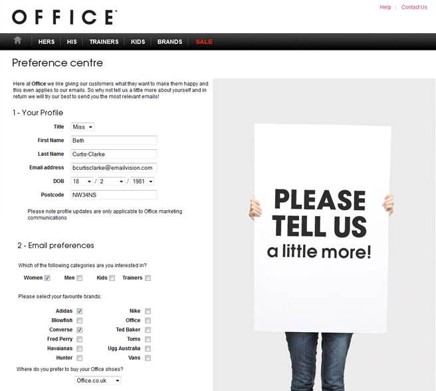Marketing without data has become almost unthinkable. But why is the use of third-party data problematic in the future and how can marketers still obtain data? Companies will probably have to build up their own databases. Email will play a major role in this.
The relevance of data in marketing probably needs no further discussion. In the past, marketers have relied heavily on third party providers to generate and use data. However, this is problematic for a number of reasons.
- Tracking via third party cookies is increasingly restricted. Legislators are regulating the field more strictly. Powerful providers like Apple are curtailing tracking options. Browser manufacturers like Firefox are making it easier and easier for users to escape tracking and advertising on the Internet. And users are also becoming more sensitive. Unified ID solutions could be an alternative, but they also bring dependencies.
- This generally applies to the use of external services. Anyone who uses data from another provider is always dependent on that provider. Social media platforms are a good example. On the one hand, they fluctuate in popularity, which means that with each new social media platform, new contacts/followers have to be built up from scratch, which can involve a high input of resources. On the other hand, social media platforms can adapt their T&Cs, their algorithms or even their entire business model at any time. Social media marketers remember well, for example, how Facebook limited the visibility of organic posts compared to paid posts. And in the worst case, a social network disappears completely into irrelevance or from the market, see e.g. MySpace.
- The overarching consolidation of data from various external sources is both a legal and a technical challenge. The much discussed single customer view is difficult to realize with the inclusion of third party data.
Companies will therefore increasingly focus on building up their own data pools. For 88% of marketers, the collection of their own data even has priority (source: Merkle). This is zero and first party data.
- Zero party data is data that users provide to the company on their own, e.g. as part of a survey or on a profile page. For example, if a sporting goods provider asks its users in an email about their favorite sports, this is a classic example of zero party data being obtained.
- First party data is data that companies collect themselves, e.g. from email tracking or after logging into an online store.

OFFICE offers a self service center with extensive options for submitting zero party data
Email marketing will be at the center of this renaissance of zero and first party data. Firstly, because email itself is a good tool for collecting zero and first party data. But also because email is often the entry point at various touchpoints in the customer journey, including other channels. Email can thus become an identifier for website visitors, for example.